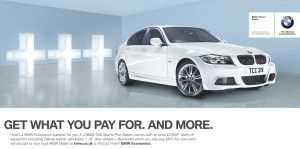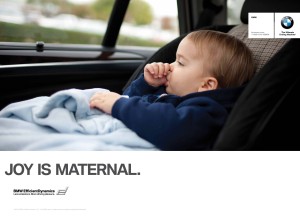In January 2014, I had a very rare, luxurious work trip to London that still seems like a dream. To avoid boring you with the details, I’ll give you some highlights – a private jet from Teterboro Airport in New Jersey to Luton Airport in London with a flight attendant that cooked a fresh omelet for breakfast, a Mercedes Benz with a driver to prevent me from getting lost, an overpriced luxury hotel room at the Covent Garden boutique hotel, and more delicious food and wine than I could eat or drink. Not bad, right?
Unfortunately, I got a severe stomach virus on the way home that sent me to the hospital (totally my luck). Yet, despite the nausea and vomiting (which was far from luxurious), this trip taught me the true meaning of luxury.
Luxury is something that is rare and not easy to access. It is something that brings a remarkable level of comfort and ease to your day. Naturally, after this trip I wanted more luxury. And, according to research, so do most people in our society (Kapferer, 2014).
A Dilemma for Luxury Marketers
This growing desire for luxury goods brings up an interesting dilemma in luxury marketing communications. If luxury brands market their product or service in a way that is appealing to a mass market instead of solely to luxury consumers, that can be a highly lucrative decision (Yeoman & McMahon-Beattie, 2014). However, it comes with great risk to the brand as it loses its exclusivity and thus, refers back to my original question: Is the brand still luxurious if everyone has access to it? The short answer is, no.
Exclusivity is a defining feature of luxury products (Yeoman & McMahon-Beattie, 2014). So, when everyone has access to a luxury item, the brand loses its once luxurious status (Yeoman & McMahon-Beattie, 2014).
BMWs for Everyone!
Let’s use BMW as an example. BMW is an iconic luxury car manufacture that is known for its German engineering and sleek design. Appropriately titled, the “Ultimate Driving Machine,” BMW has become a household name and an industry leader in the luxury car market. In 2014, BMW held 17.6% of the luxury car market share in the United States (“U.S. luxury car market,” 2015). Although their strong brand positioning and leading market share have increased profits for BMW, Yeoman & McMahon-Beattie (2014) claim that BMW is no longer a luxury vehicle but instead a “mainstream family car” (para. 4). As much as I love BMWs, I have to agree that with the increased number of them on the road, the brand has sadly lost the exclusive luxury status that it once had. The good news is that profits in the U.S. are certainly soaring for BMW. Again, this illustrates the dilemma that luxury brands are faced with: Do we mass-market to increase profits or do we maintain exclusivity to preserve our luxury brand image? Unfortunately, there is not a clear-cut answer.
So, the next time you encounter a luxury brand, take a minute to consider- is this a “real luxury” brand that has maintained its exclusivity, or a “mass-luxury” brand?
References
Kapferer, J. (2014). The future of luxury: Challenges and opportunities. The Journal of Brand Management, 21(9), 716-726. Retrieved from http://search.proquest.com.libproxy1.usc.edu/docview/1477321472?pq-origsite=summon&accountid=14749
U.S. luxury car market share in 2014, by brand. (2015). Retrieved from http://www.statista.com/statistics/287620/luxury-vehicles-united-states-premium-vehicle-market-share/
Yeoman, I., & McMahon-Beattie, U. (2014). Exclusivity: The future of luxury. Journal of Revenue and Pricing Management, 13(1), 12-22. doi:10.1057/rpm.2013.29



11 Responses to Is a Luxury Brand Still “Luxurious” If Everyone Has Access To It?